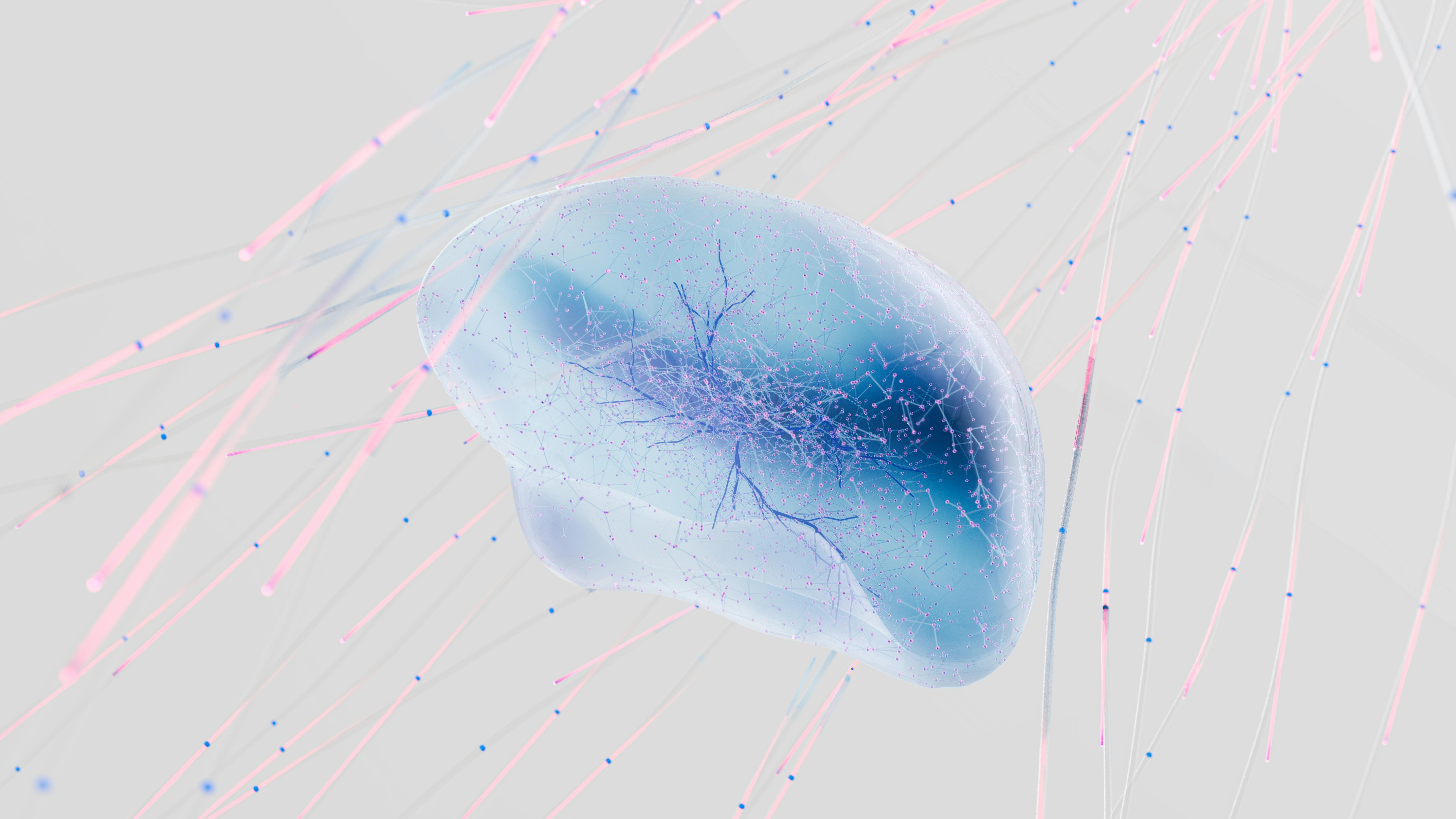
Boron Neutron Capture Therapy is a hope for brain cancer patients
18-06-2024
Cancer diseases, which are the result of uncontrolled cell proliferation leading to the formation of tumors and disruption of organ functioning, significantly affect the quality of life and often lead to the death of the patient. Brain tumors are particularly difficult to treat due to their location in a vital organ, which limits surgical and radiotherapeutic options.
Despite the incredible development of oncology in recent years, brain tumors still remain one of the most dangerous forms of cancer. Boron-Neutron Capture Therapy (BNCT), developed at the National Center for Nuclear Research, offers hope to patients, increasing their chances of recovery. In June, experts from all over the world will come to Krakow to discuss and exchange experiences in this field at the 20th International Congress of Neutron Therapy. Organized by NCBJ in the Auditorium Maximum of the Jagiellonian University, the event will gather experts from around the world for several days to discuss the latest discoveries and challenges in BNCT therapy. The congress will begin on June 22 with a technical visit to the MARIA Reactor in Otwock, and will end on June 28 with a meeting at the Cyclotron Center in Krakow.
Radiotherapy, one of which is BNCT therapy, is one of the most commonly used cancer treatment methods. It is particularly important for patients whose organs that are difficult to access have been surgically attacked. It is based on the destructive effect of ionizing radiation in appropriately large doses. These methods cause the death of cancer cells, but unfortunately they can also damage healthy tissue. Therefore, more precise methods of directing the impact only on diseased areas are constantly being sought, limiting its destructive effects on healthy tissues.
One of the oldest, but still developed approaches in radiotherapy is boron-neutron therapy. The boron isotope used in it (B-10) is not radioactive, which means that when introduced into the body it does not pose a threat. When combined with a properly selected pharmaceutical, boron effectively accumulates in cancer cells. However, when the patient is placed in a neutron beam, these particles react with boron nuclei, causing them to split into a lithium (Li-7) and helium (He-4) nucleus, i.e. an alpha particle. These particles have a range comparable to the size of the cell, which means that they deposit all their energy only in the tumor cells in which they were accumulated, effectively destroying them.
The key challenges of BNCT therapy are, firstly, the design of chemical compounds that deliver boron to cancer cells, the so-called boron carriers so that the concentration difference between healthy and cancerous tissue is as high as possible, and, secondly, the construction of neutron sources with parameters appropriate for therapy. Scientists from the National Center for Nuclear Research are focusing particularly on this last challenge. The MARIA reactor, the only nuclear reactor operating in Poland, provides neutrons whose beam can be shaped to meet the requirements of therapy. Soon, a radiobiological research station will be launched in one of the laboratories at the MARIA reactor, which will also allow for testing new boron carriers. At the same time, all over the world, including in Japan, Argentina, Italy, China and Russia, work is underway on non-reactor neutron generators that could be installed directly in oncology hospitals. Also in Poland, at the Oncology Center in Bydgoszcz, a Research and Clinical Center for Boron-Neutron Therapy (OBTBN) is being established, where the installation of such a generator is planned.




